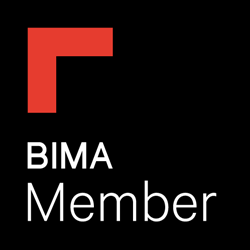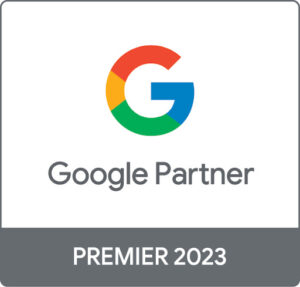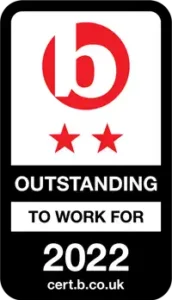Google My Business is one of the most popular places where customers look for reviews, opening times, location information and business updates. The place where new and returning customers will find out about your business’ offerings and customer service. So once you’ve set up your Google My Business account, how can you make the most of it? One way is through Google My Business Posting.
All you Need to Know about Google My Business Posting
If you’re new to Google My Business posting and want to know more, this blog will discuss the following:
- What Google My Business posting is
- How it works
- Google My Business posting best practices
We’ll provide you with all the information you’ll need to post on Google My Business to get the results and traffic you desire.
What is Google My Business Posting?
Google My Business posting allows you to connect with your existing and potential customers through your business account. Common posts include sharing business announcements, events, new product drops and special offers. These posts are used to directly communicate with your audience in the SERPs. Many benefits can come from GMB posting including, increased promotion of business services, improvement of customer experience and engagement.
How Does it Work?
Google My Business posting can include text, images and videos to promote your businesses products or services. You add your posts through your business profile and users will be able to see these through the ‘updates’ or ‘overview’ tabs of your profile on mobile search and maps. For desktops, posts will be visible through the ‘from the owner’ section of your business profile.
Different Types of Google Posts
Google Posts can be segmented into one of 4 categories:
Events:
These posts are geared toward promoting an event or social occasion. Event posts differ from the other forms of posts for two main reasons. Event posts can include a title for the post (typically the name of the event) and they do not follow the standard 7-day post expiration format (it can stay up as long as the event hasn’t passed).
Offers/Specials:
Google Posts are great for promoting special offers and sales. These posts should include a high-resolution photo of your products and include details about the sale or discount in the description of the post.
Product Updates:
Product update posts are perfect for advertising a new product line or changes to a current product. Again, use this as an opportunity to showcase your product or service through high-resolution photos.
Announcements:
While just about anything can be an announcement, you are encouraged to only post updates that are beneficial to your audience so that you don’t lose credibility. You want people looking at your posts because they provide value and not just glazing over them. Announcements such as delivery / location changes or notifying users that you are hiring are great examples.
Best Practices for Google My Business Posting
To be successful through Google My Business posting is to create action-inspired posts. Google posts are designed for short form content that encourage people to complete an action like visiting your website or store. Listed below are best practices for Google My Business.
Each post can have a photo, a description, a CTA and a title (for events only):
1. Photo
Ensure the photo you use for the post is of high quality, is engaging and portrays the message of the post (relevant). The photo will show on the post right on the results page and will serve as the main focus for capturing the user’s attention (similar to a good thumbnail). The recommended image size is 750×750 but the required minimum is 250×250.
2. Description
You can use up to 1,500 characters in your description, but only a portion will actually be shown when the post is in the SERPs. Much like a meta description, only 100 characters will be shown by Google, so make sure that the important information is in there along with a CTA. The ideal length for a description should be 150-300 characters, and your main focus should be attracting users so they take action.
3. Call to Action
Every post should include a call to action. When you create a Google post, you have the option of selecting a predetermined call to action that Google suggests. These can include, “buy”, “learn more” and “visit”. You must have a URL linking from your call to action to direct the user in the right place or where you’d like them to go next.
You can utilise UTM parameters (URL tracking) to track how users interact with your post.
4. Title for Events
An event post will need a title that explains the event, you will only get up to 58 characters.
You now have Google posting nailed with the help of our best practices, but what about tracking the performance of these posts?
How to Track Users that Interact with your Google Posts
Google provides built-in insights that shed light on how many impressions and clicks your post received. It is also recommended to use a form of URL tagging (UTM parameters) to keep tabs on how users are interacting with your site after the initial click-through from the post.
If you are an E-commerce site, using a unique voucher code for a sale or discount is another way to track how well your posts are delivering your message.
Need Help with Google My Business?
Haven’t got your Google My Business profile underway yet? As a part of our Local SEO service, we provide support and optimisation of your Google My Business account so that you can focus on advertising your announcements. Get in touch with us to discuss your business’ needs on 01273 286 616 or enquiries@helloseed.co.uk.









